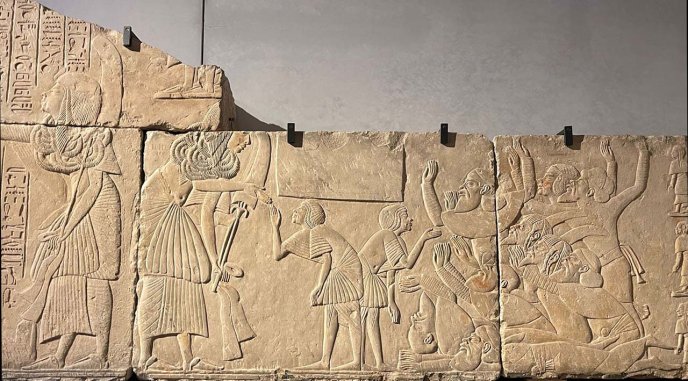This year's lecture is the second part of a cycle devoted to the court in Ancient Egypt, which began last year. The first lecture dealt with the court in the Old and Middle Kingdom (3rd millennium-first half of the 2nd millennium BC). This one focuses on the New Kingdom (second half of the 2nd millennium BC). The third section, devoted to the 1st millennium BC, will take the form of an international colloquium entitled " À la cour du dieu. Organisation religieuse et mécanismes de cour dans l'Égypte du Ier millénaire av. J.-C. ", to be held at the Collège de France on April 13 2026.
The central theme of the 2025-2026 lecture is the changing status of the courtier in the context of an empire facing competition from other empires and the delicate management of its zone of influence. The Pharaonic court became a place of intense diplomatic activity and integration of foreign elements (people, religious and cultural practices). Even if much of the self-definition of courtiers is based on a tradition inherited from the Old and Middle Kingdoms, the profile of the courtly man is enriched by the new skills required to play his role and hold his rank in this internationalized context.

